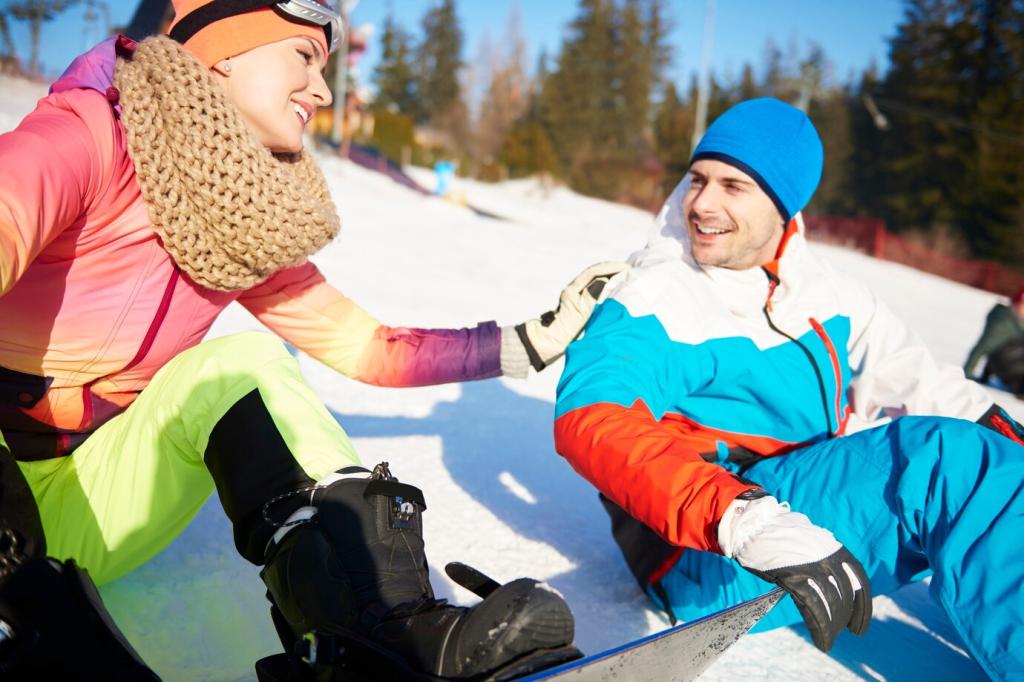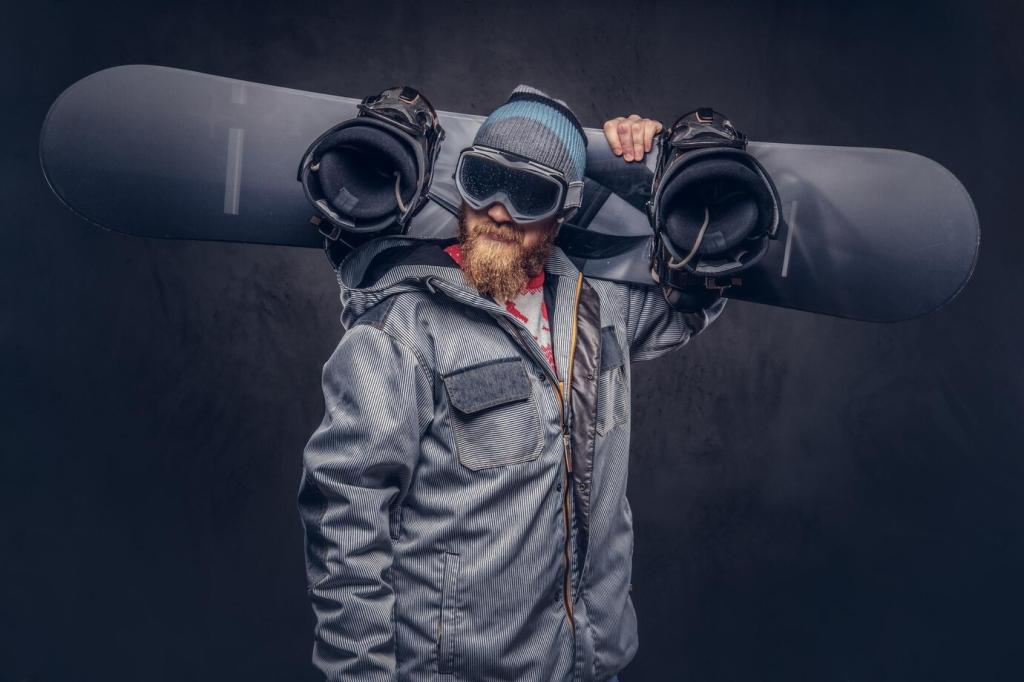Basic Snowboarding Terminology for Beginners: Speak the Mountain from Day One
Chosen theme: Basic Snowboarding Terminology for Beginners. Start your journey with clear, friendly language that turns confusing chairlift chatter into simple, useful words. Read, learn, and tell us which term finally clicked for you—then subscribe for more beginner-friendly breakdowns.
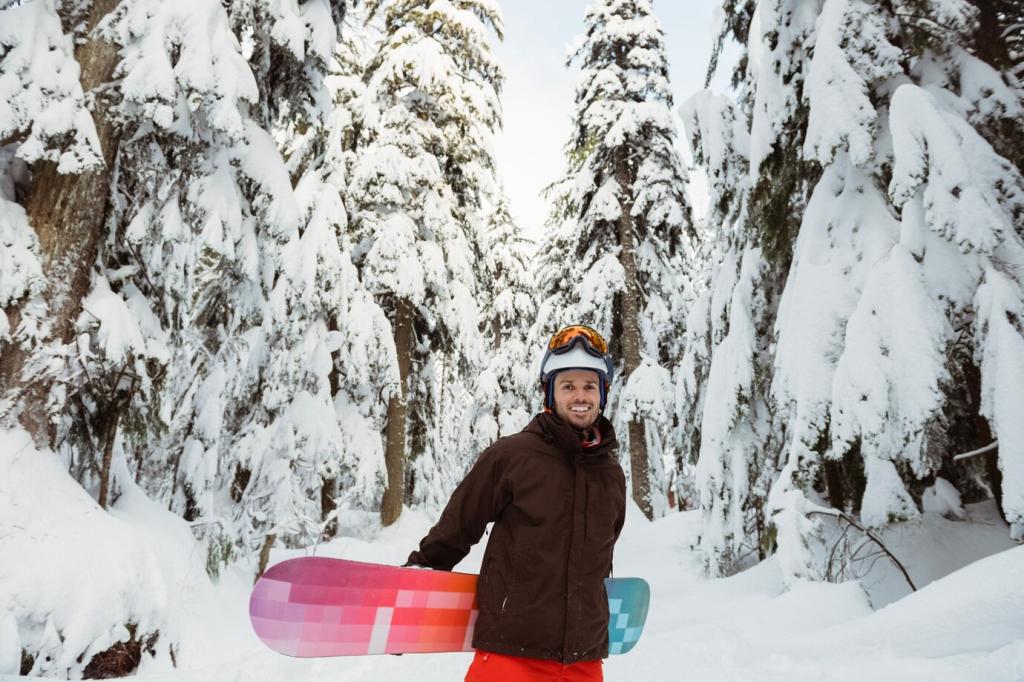
Board Anatomy: Meet the Parts Before They Meet the Snow
Nose and Tail
The nose is the front of the board; the tail is the back. Most beginners ride forward, but you’ll hear “switch” when riding tail-first. On my first day, a coach said, “Keep your nose pointed down the fall line,” and that simple phrase saved me from spinning.
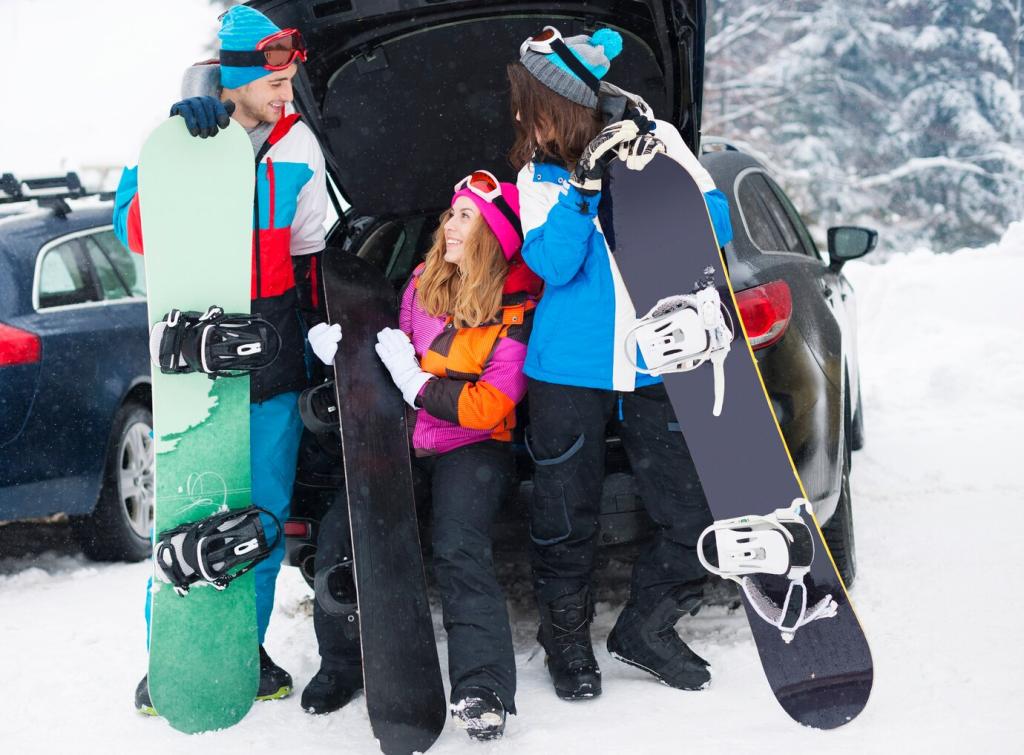
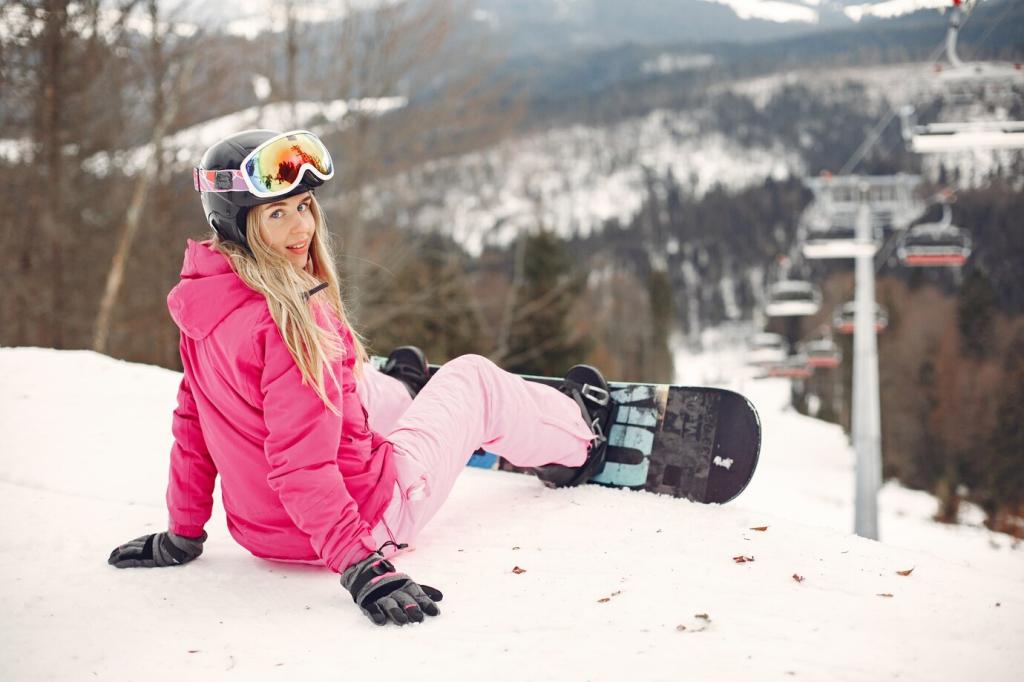
Edges and Sidecut
Edges are the sharp metal rails along your board that grip the snow, while sidecut is the hourglass shape that helps turning. A deeper sidecut feels tighter and easier to initiate. Learn to trust your edge gently—press, release, and let the sidecut carve your path smoothly.
Regular means left foot forward; goofy means right foot forward. Try the hallway push test: slide in socks and notice which foot naturally leads. I thought I was regular until every turn felt twisted—switching to goofy made balance feel instantly natural and my confidence jumped.
Bindings and Stance: How You Stand Shapes How You Ride
Directional Language: Frontside, Backside, Toe-Side, Heel-Side
The fall line is the path gravity would pull a snowball straight down the slope. Traversing means riding across the hill to control speed and position. When an instructor says, “Point your nose toward the fall line,” they’re cueing momentum. When they say traverse, they’re asking for calm control.
Directional Language: Frontside, Backside, Toe-Side, Heel-Side
Toe-side turns lift your heels and engage toe edges; heel-side turns lift your toes and use heels. Beginners often feel safer on heel-side because you can see downhill clearly. Practice gentle S-turns, linking heel to toe, and celebrate that first smooth connection—comment when you nail it!
Directional Language: Frontside, Backside, Toe-Side, Heel-Side
In turning, frontside often describes turning where your chest faces the hill, while backside faces away. In freestyle, these terms describe spin direction. For beginners, focus on body orientation: look where you want to go, keep shoulders soft, and let your board follow your gaze naturally.
Snow and Terrain: Words That Describe the Ride Underfoot
Groomers, Corduroy, and Ice
Groomers are smoothed runs; corduroy is the ribbed pattern left by snowcats, best early in the day. Ice means very hard, slick surfaces—common near trail edges. On smooth corduroy you’ll feel edges bite predictably, perfect for practice; on icy patches, stay calm and keep movements subtle.
Powder, Chop, and Crud
Powder is soft, fresh snow; chop is tracked powder; crud is chunky, uneven leftovers. Beginners often smile widest in light powder, but it can hide bumps. Keep your weight centered with a gentle bias toward the tail, stay relaxed, and let the board float without forcing turns.
Park, Pipe, and Tree Runs
Terrain parks contain features like boxes and small jumps; the halfpipe forms curved walls; tree runs weave between glades. Early on, it’s okay to cruise by, observe flow, and read signs. Helmets are standard in parks, and a respectful pause can teach timing better than any lecture.
These symbols mark difficulty: green is easiest, blue intermediate, black advanced. Start with greens and progress when turns feel smooth and controlled. I once followed friends onto a black by accident; the map saved me the next run. Check trail boards and ask liftees before committing.
Resort Flow: Lifts, Signs, and Map Symbols
The lift maze organizes lines; follow signs and merge politely. At loading, watch the chair swing and sit smoothly; bring the bar down if required. At unload, stand tall, glide straight, and clear the ramp quickly. Communicate with seatmates—count down together and thank the liftie on the way.
Resort Flow: Lifts, Signs, and Map Symbols
